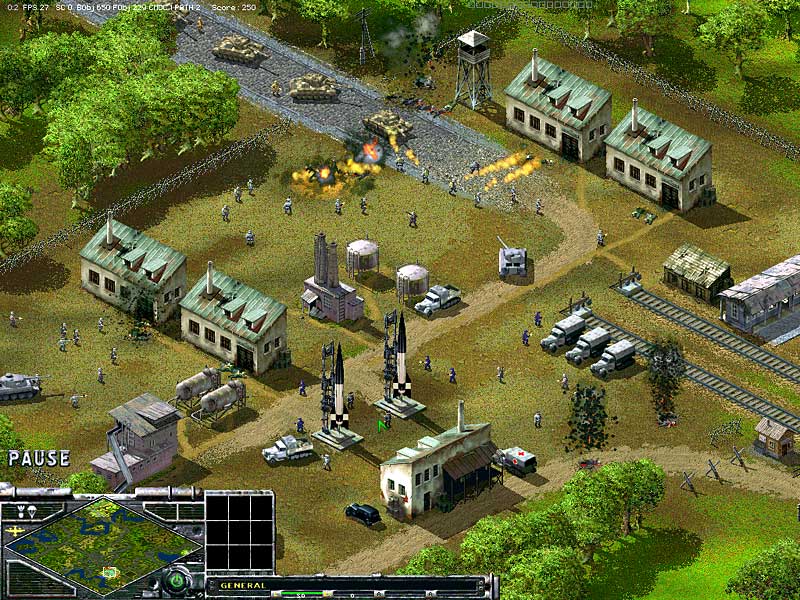I wanted to post a guide for how I have started painting my 6mm Wehrmacht figures. I basically wanted to speed the process up and not ruin my eyes for something that looks just like a vaguely coloured blob on the table.
These are the vaguely recent (as of 2025) Heroics and Ros: German WW2 infantry LATE WAR.
Here is how I did it.
Step 1: basing and priming. I base my figures on stands of 1, 2, or 3 figures. My standard is a 1p coin. Gun teams are as many figures as the gun requires. I then prime the stands white - this brightness helps with other colours. I then paint the coin with a sand coloured craft paint. I apply no texture whatsoever. (One step simplified). The paint going onto white primer helps it stick. With my Soviets I painted the figures on the strip and attached them later to bases - which has caused problems.
Step 2: I then paint flesh - I am messy with this.
Step 3: I paint their uniform - Vallejo Feldgrau. I get my brush a tiny bit wet to help the paint spread a little, and keeps it lighter. Some of the figures have had their faces painted over mostly, and I do not care. They are always facing away from me anyway.
Step 4: Guns and boots are painted black. Not wooden stocks, no gunmetal colour. Just black. Paint from the boots ends up on the base - this does not matter.
Step 4: I paint their gear with Vallejo Desert Sand - backpack, canteen. I do not care that this may not be accurate, I just want the gear to stand out a little.
Step 5: I wash the miniature with Citadel: Agrax Earthshade.
Steps 2-5 are all done in one session.
Step 6: I paint the helmets Vallejo German Grey, and if they are wearing a cap, I paint that Feldgrau. That helps the figure pop a little and gives some colour.
Step 7: I paint the coin rim a dark colour - Vallejo German Grey normally but black will do.
Step 8: Cover the entire base with a light green flock.
Steps 6-8 are one session
Step 8: Seal the entire thing with a matt spray. This is done when the weather is good enough to let them sit outside so the smell doesn't come in the house.
Closer than I will ever look at them. They are far from perfect but get the job done.
Compare the bases of the vehicles - the infantry are much lighter.
This picture best represents the light I see them in and the distance as I am usually sat at a table. They look perfectly acceptable.
Also similar light to how I see them just closer.
In all I find this method to be effective. I can tell who they are from a distance and they paint up pretty quickly. When I show you my US and Soviet infantry you might see some scratches as I painted them on strips first. This sped up their painting, but basing them up was a PITA. This German method is a winner - handling the bases is kind of annoying, but if I were really serious about it I would save some bottle caps and blutac them onto those.






Hey, if it means you get to play and are happy enough, then that is a 100% win!
ReplyDeleteThanks boss!
Delete